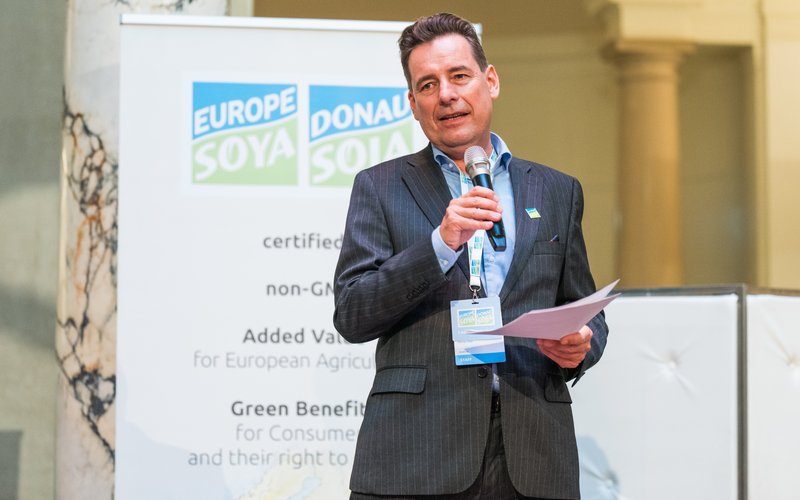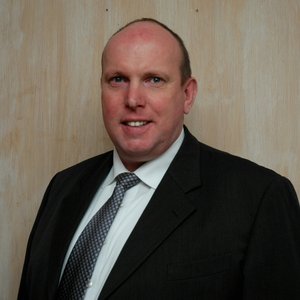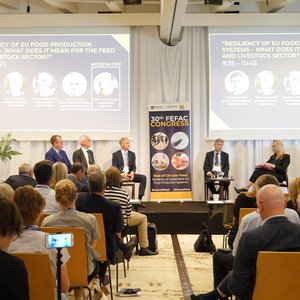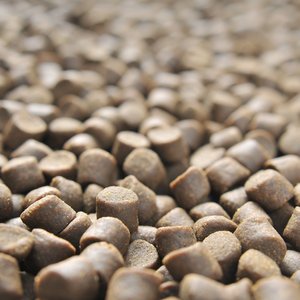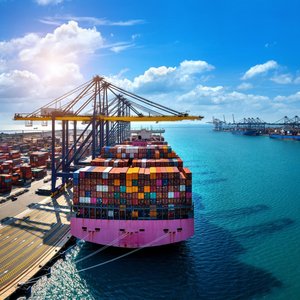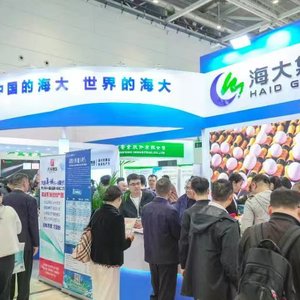This week, Vienna is the center of science, economy and politics around global soy-related issues. Hundreds of scientists, feed and food producers, processors and soy experts from all over the world are meeting for the first time in Europe for the 11th World Soybean Research Conference (WSRC11).
The broad range of topics at the WSRC11 extends from the latest findings in science to market developments and the protein transition in Europe, as well as sustainability issues from climate protection to the current EU supply chain legislation process. The conference is organized by the WSRC Scientific Committee led by Prof. Johann Vollmann of the Austrian University of Natural Resources and Life Sciences (BOKU) and the European soy association Donau Soja.
Aquafeed.com talked with Matthias Krön, president at Donau Soja, to get some insights on the current European soy production and the potential impact of the conference. Donau Soja is a non-profit, independent multi-stakeholder, member-based association that supports its partners and members in progressing change to address social, environmental, and economic challenges in soy, legumes and protein production and consumption. Donau Soja standards guarantee European origins of the product with traceability, sustainability, and non-GMO quality. Donau Soja does not produce soy but brings together all players from farm to fork together, currently with more than 320 members in 27 countries. The overall goal of Donau Soja is the Protein Transition in Europe.
EU soybeans
Currently, there are no GM-soy varieties registered in Europe for cultivation, including EU-27 and Ukraine, Serbia, Russia, etc. In central Europe, there is a relatively high share of organic soy. For example, in Austria, there is about 32,000 ha of organic soy from about 90,000 ha in total, which is more than one-third. “Fortunately, soybean pests and diseases are currently playing only a marginal role and rarely create severe problems for growers,” Krön said.
New breeding platforms and tools could bring new grain varieties that could impact the animal feed industry in terms of seed composition and sustainability but their adoption for soybeans is in the early stage. Experts at WSRC11 reported that there are no commercial varieties currently available. “Potential features of interest are protein content, fatty acid composition, and the removal of oligosaccharides,” Krön said.
Sustainability
In the past few years, there is a growing interest in achieving more sustainable value chains. Donau Soja supports the adoption of more sustainable farming practices in soybean cultivation. This includes the sustainable use of pesticides, reduced tillage, and optimum plant nutrition through inoculation.
“There are several hazardous pesticides used in non-EU countries which are prohibited in the EU. Donau Soja provides a list of approved pesticides per country and requires farmers to use only active ingredients that are approved in the EU. Thereby, Donau Soja supports the agricultural sector of EU-neighboring countries in adopting EU standards. This is an important first step in the accession process,” Krön stated.
Soybeans are grown in Europe as a part of a cropping system that often includes 3-5 crops. Overall, the soybean area covers only 1% of the EU-27 and 3% of Europe. “There is a big difference between the cropping systems in North and South America which are largely based on a duo-crop approach (maize-soy). Soybeans as a legume can improve the crop rotation and quality of the soil in Europe, which is also good for biodiversity,” Krön said.
Another sustainable approach is regenerative agriculture. “Measures like reduced tillage or cover crops are widely applied in central Europe (and incentivized by the CAP), but far less common in Eastern Europe (in EU member states and also in non-member states). Donau Soja implements activities to promote the adoption. Focus countries are Croatia, Serbia, Bosnia and Herzogovina, Romania, Moldova, and Ukraine. The major constraints in Eastern Europe are the missing knowledge of how to properly implement these measures. In non-EU countries, there is no economic support for the implementation of these measures,” Krön explained.
The Donau Soja/Europe Soya sourcing standards prohibit deforestation and land conversion (cut-off date of 2008). “Land conversion is often forgotten in the discussion. Large areas of savannah-type ecosystems in South America (Cerrado, El Chaco e.g.) are converted into arable land. Donau Soja applies a comprehensive approach to ecosystem protection. Through the conversion of grassland/savannah, big biodiversity losses occur and huge amounts of CO2 are emitted and the contribution to climate change is massive,” Krön said.
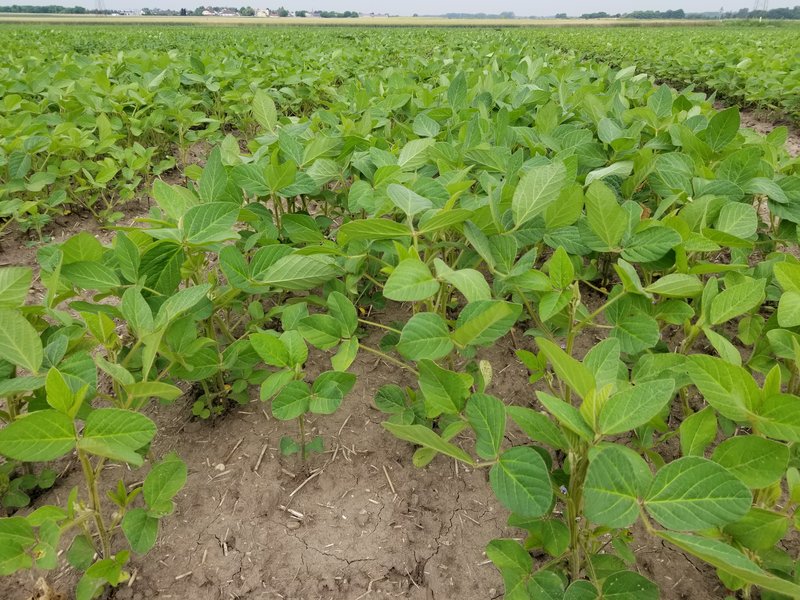
Credits: Donau Soja
EU Deforestation Regulation
The EU Parliament recently adopted the EU Deforestation Regulation (EUDR). Donau Soja welcomes the efforts of the EU to prevent new deforestation but says it is not comprehensive enough. In addition to deforestation, the conversion of other valuable ecosystems must also be included in the scope. In Brazil, for example, large parts of the Cerrado, the most biodiverse savannah in the world, are being converted into soybean fields. Since much of this is legal in Brazil, the EUDR will not change anything here, according to Donau Soja.
“The cut-off date of 2020 is very late. As a result, almost all previously cleared areas are EUDR compliant and therefore potentially undermining more ambitious certification systems and initiatives such as the Amazon Soya Moratorium with earlier cut-off dates. It only addresses deforestation and does not consider other sustainability issues such as pesticide use, fertilizers, etc., and lacks any form of incentivization for requirements beyond the EUDR,” Krön said.
Other concerns are that the specific implementation guidelines for the EUDR have not yet been clearly defined, causing concerns and halting investments in traceability systems, and that many producing countries outside the EU are still unaware of the impending EUDR and the new requirements it imposes on supply chains.
“While there is an 18-month transition period, making the EUDR applicable from December 2024, it is crucial that implementation begins as early as the 2024 harvest. Time is of the essence to inform and prepare producing countries, ensuring that the EUDR does not become a trade barrier, especially for small-scale farmers. Failing to do so may result in unintended consequences, such as the displacement of smallholder farmers in the supply chain, which is not in anyone's interest,” Krön said. “Unlike most commodities covered by the EUDR, soybeans are also cultivated within Europe. Our focus lies particularly on non-EU Eastern European countries such as Ukraine, Moldova, and Serbia. Serbia, in particular, is home to many small-scale farmers who are currently unaware of the forthcoming requirements.”
To effectively protect nature and people, Donau Soja is advocating for the legislation to be extended and strengthened to leave no loopholes as a next step. “In addition to strict import requirements, the EUDR must be embedded in a European Protein Strategy that promotes the cultivation of protein crops in Europe and regulates consumption,” Krön stated.
Markets
In terms of price, European non-GM soy can compete with imports from non-European countries, according to Krön. There are several favorable growing regions in Europe (central Europe, northern Italy, Serbia, Ukraine, etc.). In Italy, the average soybean yield is higher than 3 t/ha. This is the same yield level as in the major producing countries such as Brazil or the USA.
“European farmers need to follow stricter environmental rules compared to the USA or Brazil, where most of the external costs are not considered in. This creates extra costs for farmers in the EU,” Krön said.
Soybeans grown in the EU are also subject to EUDR requirements. Since most EU countries are likely to be classified as low-risk, the risk assessment and risk mitigation process are expected to be easier, with fewer checks by competent authorities. As a result, at least at the beginning of the EUDR, the additional costs for compliance could be lower, leading to an increase in demand for EU soybeans.
Ukraine-Russia conflict
After the conflict started, Ukrainian farmers shifted more towards soybean cultivation because less or no fertilizers are needed, meaning cheaper production. Ukrainian soy production was 1.39 million ha in 2021, 1.50 million ha in 2022 (the war already affected the crop choice) and 1.77 million ha in 2023 (the latest figure from June 15, 2023).
“Bigger amounts of soybeans are today supplied to the EU than before the war. When in Spring 2023 farmers in CEE were protesting against the imports from Ukraine, Donau Soja reminded them that these volumes are highly important to replace imports from less sustainable origins such as from overseas,” Krön said.
“Ukrainian farmers are resilient despite the Russian aggression against Ukraine. The soy areas have increased, mostly because of the shortage in grain crops, like wheat and corn. Ukrainian agriculture is export-oriented, meaning that the country produces 3-4 times more crops that are needed for internal consumption. Under the condition of the blockade of the Black Sea ports and disruptions in the implementation of the Grain Corridor, local farmers are willing to switch to the EU market, therefore, the EU production requirements have to be implemented,” Krön explained. Donau Soja has launched the Donau Soja Academy aimed to bring the best sustainable cultivation practices to the farmers on the ground, thus helping to close the so-called Yield Gap – difference between potential yield and current yield.
The conference
The conference aims to send out an impulse to make soy a force for climate protection and positive global change, given that huge cultivation areas in South America destroy primeval forests and thus contribute to climate change. “Today, the EU and China are the largest importers of soy, mostly for the production of animal feed, but soy can also be grown regionally and in a climate-friendly way, certified and produced without deforestation. Donau Soja aims to achieve a sustainable Protein Transition by 2030, making Europe more resilient in supplying protein to Europe’s population,” Krön said.
“Research and scientific collaboration are urgently needed to mitigate the negative effects of climate change and minimize the impact of soybean on the environment towards a fully sustainable soybean production in the near future. This includes a reduction of production inputs through the improvement of agronomic and genetic efficiency, new pathways in livestock feed uses, and finally an enhanced direct utilization of soybeans in human foods,” Krön concluded. All these topics have been addressed at the conference.


